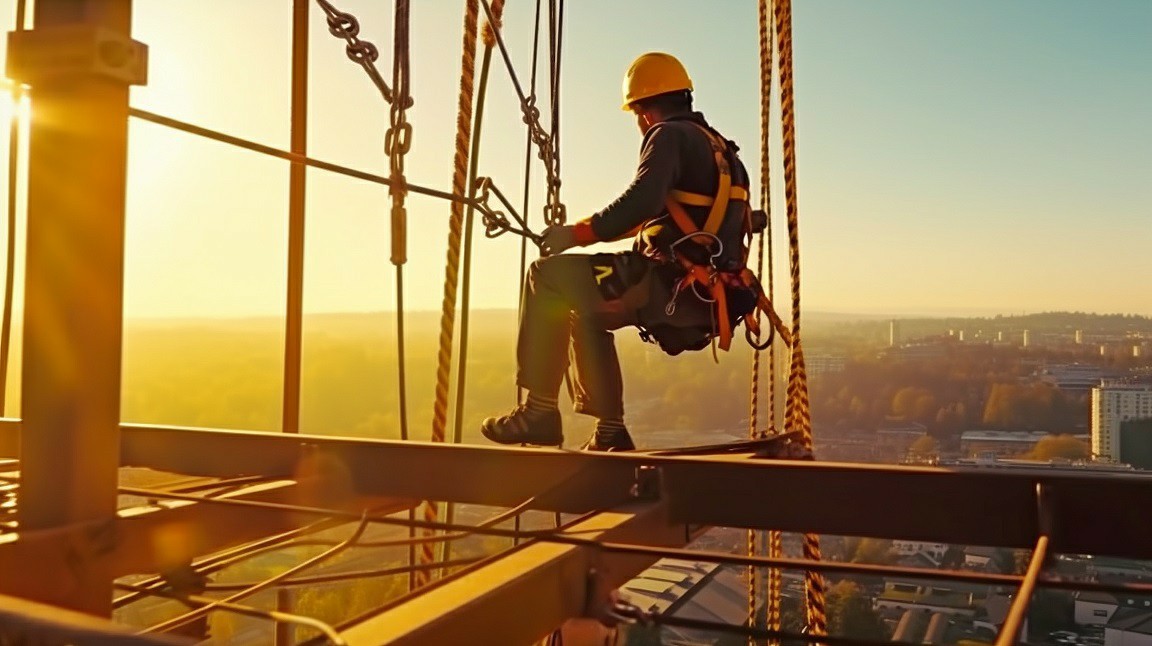


 349,500 Offered Certificates
349,500 Offered Certificates
 24/7 Online Training
24/7 Online Training
 Money Back Guarantee
Money Back Guarantee
 Fully Accredited Courses
Fully Accredited Courses

Created at: 22-02-2025 18:09
In the realm of construction and maintenance, working at heights is an essential task that comes with its inherent dangers. Yet, the risk doubles when unpredictable weather conditions come into play. Understanding how elements like wind, rain, and icy surfaces significantly affect safety can save lives.
Weather conditions are not just a minor inconvenience; they are vital factors that influence the safety of workers operating at various heights. From construction sites in Dublin to maintenance work in Cork and Galway, every outdoor activity is impacted by the surrounding weather.
Investment in quality Working at Heights Training is paramount for ensuring worker safety in unpredictable conditions. Certified training programs equip employees with the necessary skills and knowledge to navigate through various weather challenges.
Implementing best practices is crucial for maintaining safety when working at heights during various weather conditions. Here are some of the recommended strategies:
Employers and workers alike must prioritize safety when working at heights, especially under challenging weather conditions. Comprehensive Working at Heights Certification programs provide the training needed to face these challenges head-on, offering essential skills and strategies to mitigate risks. Don't wait for an accident to happen—invest in Working at Heights Safety Course today! Contact us at [email protected] for more information on our course offerings in Dublin, Cork, and Galway.